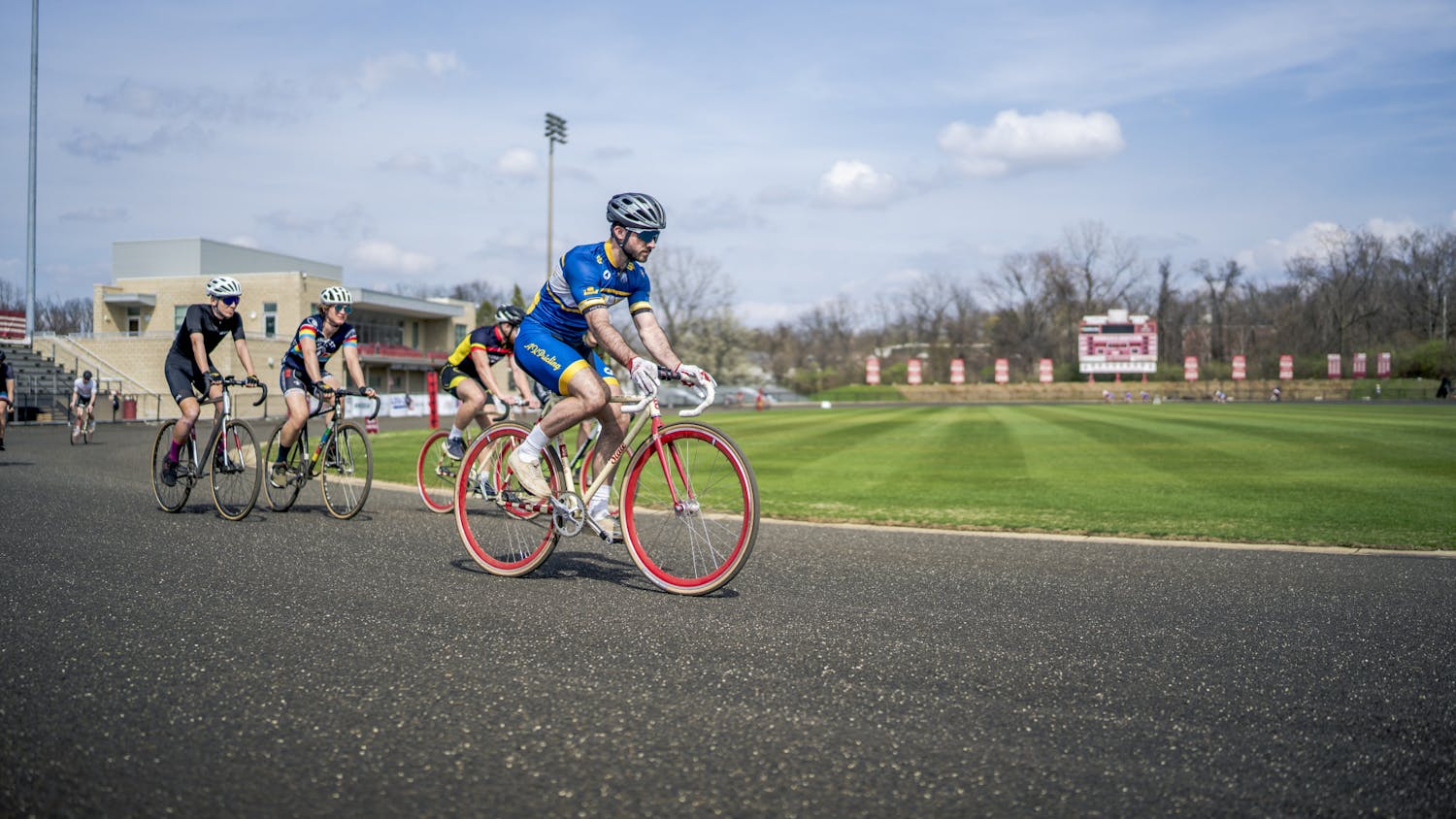A small card in IU’s reference library was imprinted with a brief definition of the word “Hoosier.”
Jeffrey Graf, a reference associate at the Herman B Wells Library, thought its explanation was too brief, so he produced a large file of information and started a struggle that has been on IU’s campus for quite some time.
“I didn’t think the definition could have been considered definitive in any kind of way,” Graf said. “So I decided to try to work up something a little more substantial. Judging by the number of pages I have today, I’d say things have gotten a little out of hand.”
IU employees, students and Bloomington residents have all taken cracks at defining the seemingly indefinable term. No matter how tame or outlandish the idea, no name
has stuck.
In fact, attempts to define “Hoosier” date back as far as 1831, when its first known usage came in a letter written by Cincinnati’s G.S. Murdock, according to the Indiana Magazine of History. The word was meant to be a derogatory term referencing an uncivilized farmer or mountain man.
“I didn’t like the big goofy Hoosier Pete who was here in the late ’70s and early ’80s when I was at Indiana,” IU Athletics Director Fred Glass said. “He didn’t last very long and sort of disappeared.”
Full of speculation
Graf said much of what came forth as an explanation for the meaning of “Hoosier” was
simply rumors.
“Mostly, it’s speculation, frankly,” Graf said. “Although in usage it almost always refers to a countryman, a rustic, a mountaineer or someone not from the city.”
It has been thrown around by historians that the Midwestern state received its name from a man screaming, “Who’s yere?”
It was common to believe IU’s name came from an Indian word for corn, “hoosa.”
“There are a lot of stories about where ‘Hoosier’ came from,” Glass said. “My favorite is about the boatman Sam Hoosier. He only got the toughest, strongest workers on his boat. They became Hoosier’s men, and then later they became ‘Hoosiers.’”
Gearing up
With all of the rumors, it’s no wonder IU has a checkered past when it comes to finding the figurehead for “Hoosiers.”
Many ideas of what the face of IU athletics is have been thrown around throughout the years.
The height of the mascot craze came in the late 1990s and early 2000s.
“At one time they tried a buffalo,” Graf said. “What connection it had with Hoosier, I’m not sure.”
From 1997 to 2003, numerous mascots were thrown out as suggestions for IU. A jellyfish named Big Red and dogs were all possibilities derived from IU fans.
The grapple with finding a mascot was so unsuccessful that current students have taken it upon themselves to represent their “Hoosier” name. This has been most successfully done by the “IU Gorilla.”
He has been seen on an ESPN telecast, in the stands at IU basketball coach Tom Crean’s speeches and even around Bloomington’s streets.
What all of the theories, mascots and gorilla suits couldn’t do, a former IU athlete did when she put IU’s name in perspective.
Glass recalled the former athlete’s remarks.
“She said, ‘A Hoosier isn’t a person or thing, it’s a way of life,’” he said. “And she went on and talked about being hardworking and honest, all those things we want to be associated with being a Hoosier.”
The athlete’s sentiments didn’t settle the question everyone has been asking for centuries: “What is a Hoosier?”
“I thought it was interesting that they were speculating in 1833, and that’s what everybody’s still doing,” he said. “Some things haven’t changed.”
Originally published in the IDS Homecoming Guide: Oct. 16, 2009.
What is a Hoosier?
Get stories like this in your inbox
Subscribe





